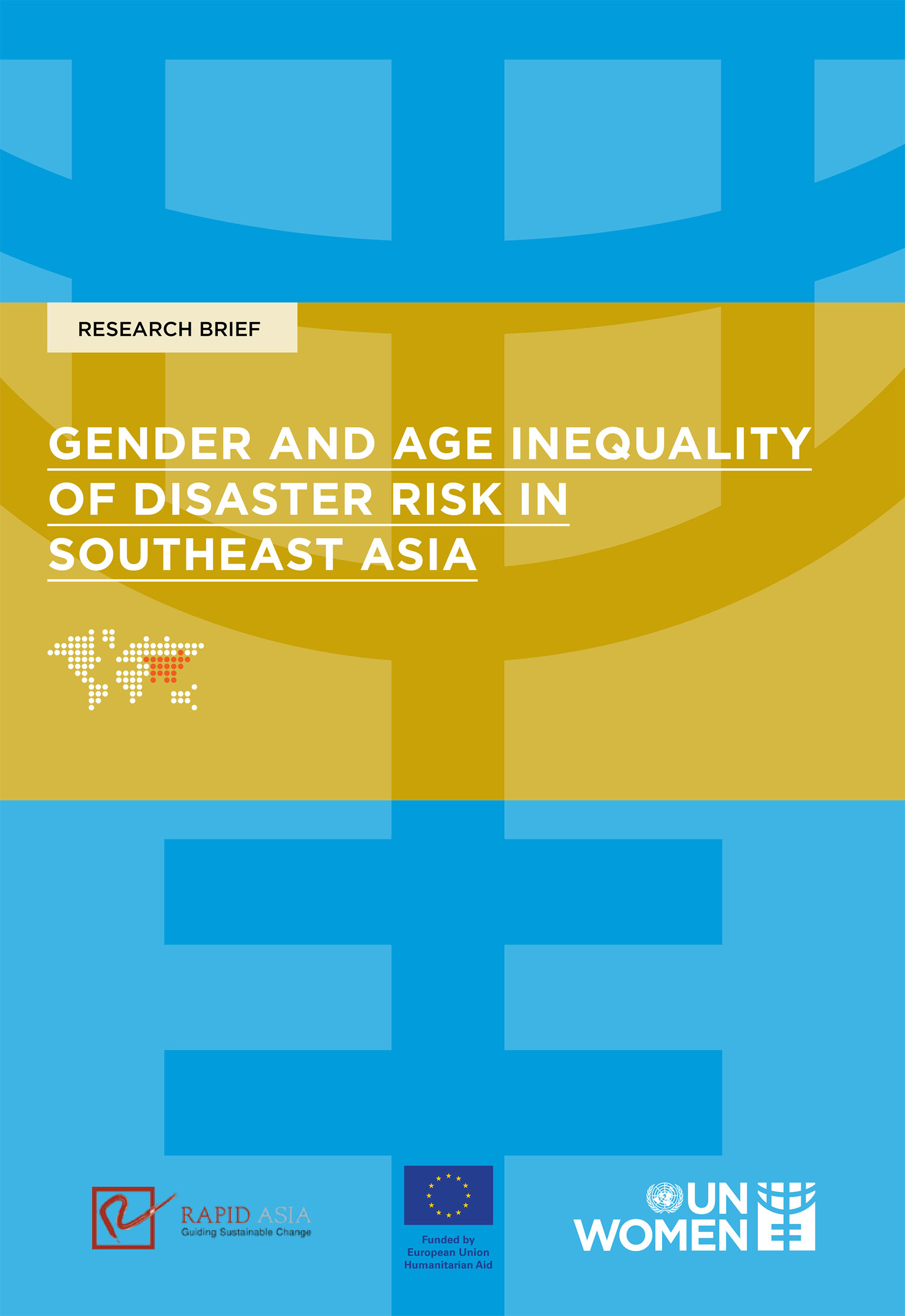
Gender and Age Inequality of Disaster Risk in Southeast Asia

Disaster risk is becoming increasingly complex, with risk drivers and consequences multiplying and colliding in unanticipated ways. Whilst mortality rates have decreased over the last decade, the overall number of people affected by disasters in terms of injury and disruption to livelihood appears to be growing. Vulnerability to hazards is multi-layered and multidimensional, and there is growing recognition that specific demographics (including women, children, and persons with disabilities) are often disproportionately affected. To better understand the differential conditions, risks, and impacts in disaster situations in Southeast Asia, this research on the Gender and Age Inequality of Disaster Risk in Southeast Asia was conducted in 2021, building upon methodology developed through the global study developed in this area by UN Women, UNICEF, and Practical Action. The research aimed to consolidate and analyze information on the gendered and generational nature of disaster risks in preparing for, withstanding, and recovering from disasters in the region during this last decade, and presents key findings and recommendations to advance gender-responsive DRR in the region.